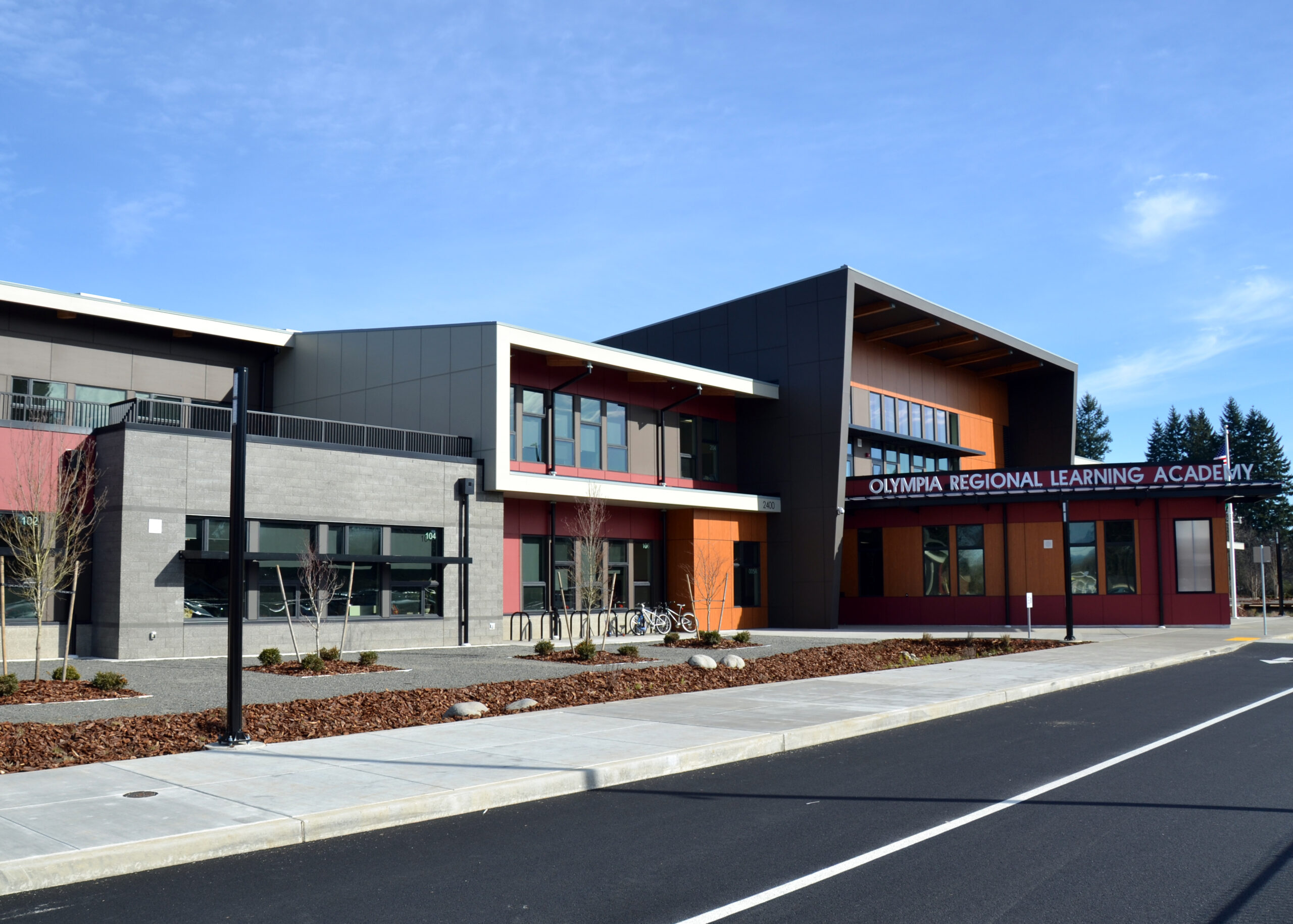Commissioning is a critical component in ensuring that buildings operate efficiently, reliably, and in accordance with their design intent. While commissioning can generally be associated with new construction projects, it is also largely important for existing buildings and facilities. Today we will be exploring the strategies for retro-commissioning and continuous optimization of existing buildings, highlighting the benefits and best practices for maximizing performance and efficiency.
Retro-commissioning is the process of diligently evaluating and optimizing the performance of existing building systems and equipment to ensure they operate efficiently and effectively. Unlike new construction commissioning, which primarily occurs during the building design and construction phase, retro-commissioning focuses on improving the performance of buildings post occupancy that may not have been properly commissioned initially, have undergone updates, or have dated equipment.
Steps in Reto-Commissioning:
- Assessment & Planning: The first step in retro-commissioning is assessment of the buildings current performance to identify areas of opportunity. This can involve reviewing building systems, energy usage data, maintenance records, and even occupant feedback. Based on the initial assessment findings a retro commissioning plan is developed, the plan outlines goals, strategies, and timelines for optimizing the building performance.
- Investigation & Analysis: The next step entails conducting a detailed investigation of the building systems to identify any and all deficiencies, inefficiencies, and opportunities for optimization. Commonly this includes inspection of the HVAC systems, lighting, controls, building envelope, and energy management systems. In addition, data analysis tools, energy modeling, and performance benchmarking are used to analyze energy usage patterns and identify potential energy saving measures.
- Implementation of Measures: When the opportunities and deficiencies have been identified the next step in the process is to conduct and implement the energy saving measures and operational improvements.
- Verification and Testing: Following the implementation of the energy saving measures it is critical to the success of the project to verify the effectiveness through thorough performance testing, measurement, and verification (M&V) activities. This can include conducting functional testing, monitoring energy use, and critically comparing performance data before and after implementation. Verification of all updates ensures that the systems operate as intended to achieve the desired energy and performance targets.
- Documentation and Training: Documenting all findings, recommendations, and actions executed is a key step throughout the retro commissioning process. The documentation serves as a reference for building owners, facility managers, and future operators, providing valuable insight for maintenance and operations. Additionally, training and education for the building operators and maintenance staff are essential for building longevity so they can operate and maintain the building systems properly and efficiently.
In addition to retro-commissioning, continuous optimization is the ongoing process of monitoring, analyzing, and fine-tuning building systems to maintain optimal performance over extended time. Some key strategies for continuous optimization may include:
- Real-Time Monitoring and Controls: Implementing advanced building automation systems and energy management controls allows for building operators to monitor energy usage in real-time and adjust settings for optimal performance as needed. This enables a proactive identification of issues and immediate response to changes in building conditions as needed.
- Regular Maintenance and Tune-Ups: Scheduled maintenance and tune-ups of building systems, including HVAC equipment, lighting controls, and building envelope, support in ensuring that systems operate both efficiently and reliably. Preventive maintenance reduces the risk of breakdowns, extends equipment life, and maintains energy efficiency.
- Occupant Engagement: Engaging building occupants in energy conservation efforts and promoting energy-efficient behaviors can significantly impact energy usage and performance of a building, especially in residential and office facilities. Educating occupants about energy-saving practices, providing feedback on energy usage, and incentivizing energy conservation can lead to meaningful reductions in overall energy consumption.
- Performance Benchmarking and Reporting: Regular performance benchmarking and reporting allows building owners and operators to track energy usage, identify trends, and compare performance with established benchmarks and industry standards. This data-driven approach helps identify opportunities for improvement and demonstrates progress towards energy efficiency goals.
Retro-commissioning and continuous optimization offer numerous benefits for existing buildings, including:
- Improved energy efficiency and reduced operating costs.
- Enhanced occupant comfort and health.
- Extended equipment life and reduced maintenance costs.
- Compliance with energy codes and standards.
- Reduction of environmental impact.
Retro-commissioning and continuous optimization are essential in maximizing the performance and energy efficiency of an existing building. By systematically evaluating and optimizing building systems, implementing energy-saving measures, and adopting continuous improvement practices, building owners can achieve significant energy savings, reduce operating costs, and enhance occupant comfort. Investing in retro-commissioning and continuous optimization is not only a sound financial decision but also a commitment to sustainability and responsible building management.

